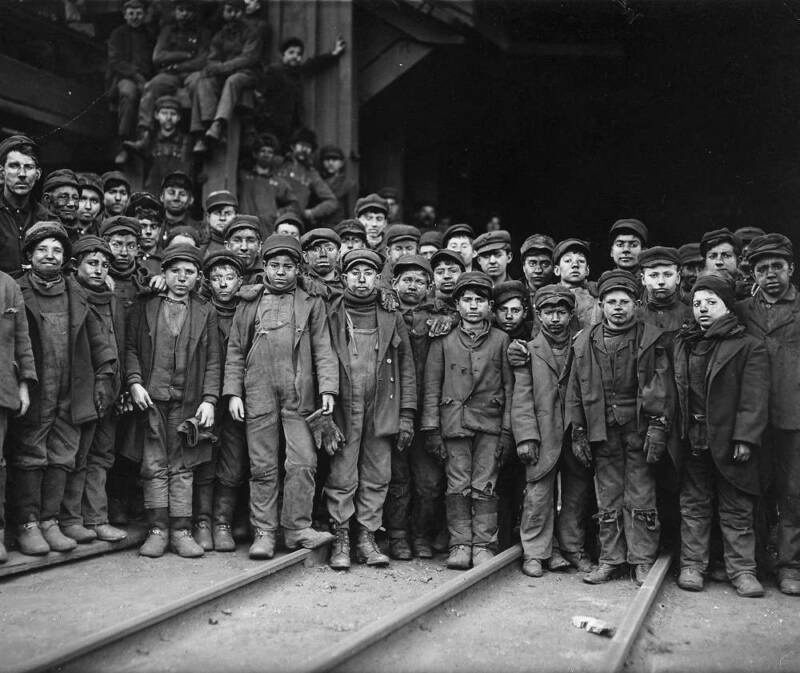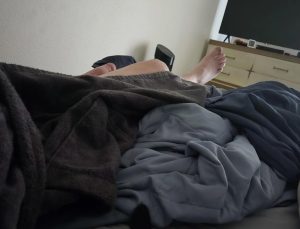AC. U.S. Child Labor Laws: The Haunting Photographs That Led to Change
Lewis Hine’s Pioneering Photography and Its Impact
At the dawn of the 20th century, child labor was a widespread practice in American industries. Children worked long hours in harsh, dangerous conditions, often in factories, mills, and mines. However, it was the work of one photographer, Lewis Hine, that played a critical role in bringing attention to these injustices. His stark, haunting photographs helped spark change and eventually led to the creation of child labor laws in the United States. Through his lens, Hine exposed the appalling reality that children faced in their workplaces, giving a voice to the voiceless and making an indelible mark on American history.
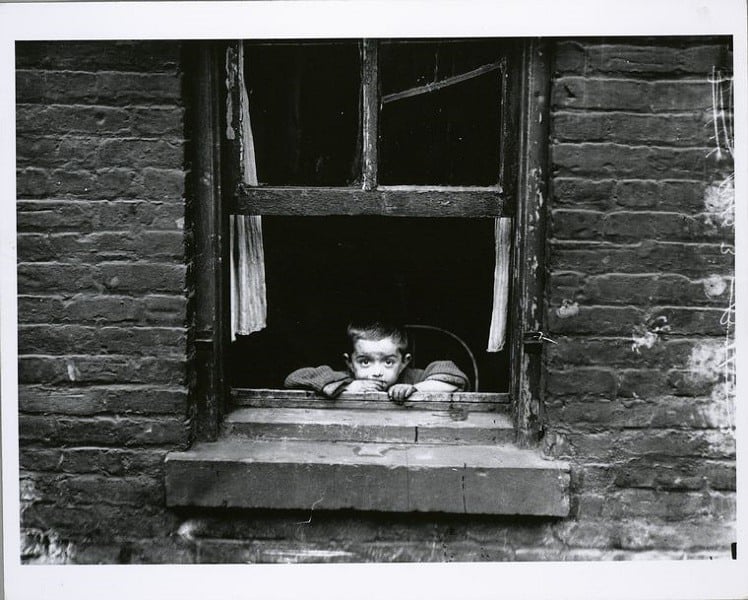
At the time of the 1900 U.S. Census, one in six children between the ages of five and ten participated in the workforce. In fact, at the time child labor made up 20 percent of the entire work force. Most were out of school and illiterate because their parents had no choice but to send them to work so that they could help support their families.
Lewis Hine: The Photographer Who Fought for Change
In 1908, Lewis Hine became the official photographer for the National Child Labor Committee (NCLC), a non-profit organization dedicated to raising awareness about the exploitation of children in the workforce. Over the next decade, Hine captured powerful images of child workers across the country, from New York to the Carolinas to Pittsburgh. His goal was clear: to document the dire working conditions that children were subjected to, and ultimately, to push for the end of child labor.
Hine’s photographs were not merely intended to record history—they were a tool for advocacy. Unlike other photographers who might have been content with simply documenting the conditions, Hine’s images had a political agenda. He sought to expose the grim reality of child labor in America and rally public support for reform.
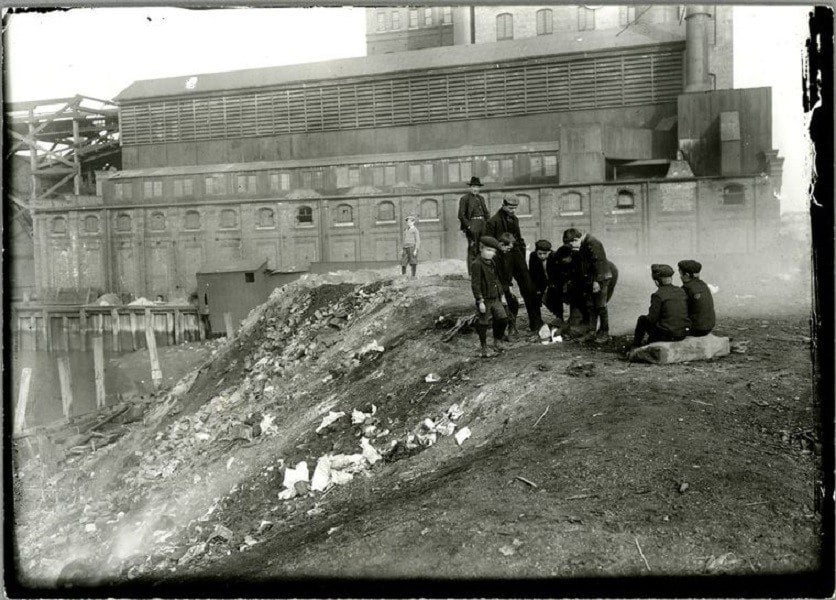
The Struggles of Child Workers in Early 20th Century America
During Hine’s time, child labor was an essential part of many industries. Business owners across the nation profited greatly from paying children lower wages and subjecting them to unsafe working environments. Factory owners fiercely opposed any efforts to increase worker protections, as this would raise the cost of doing business.
At the time, child labor laws existed, but they were poorly enforced. Many factory owners flouted these regulations without consequence. In response, Hine took it upon himself to photograph the children working in these dangerous conditions, from sweatshops to coal mines. His photos featured young boys and girls, some as young as five or six, toiling away in perilous environments, often with little more than their innocence and frail bodies to shield them from harm.
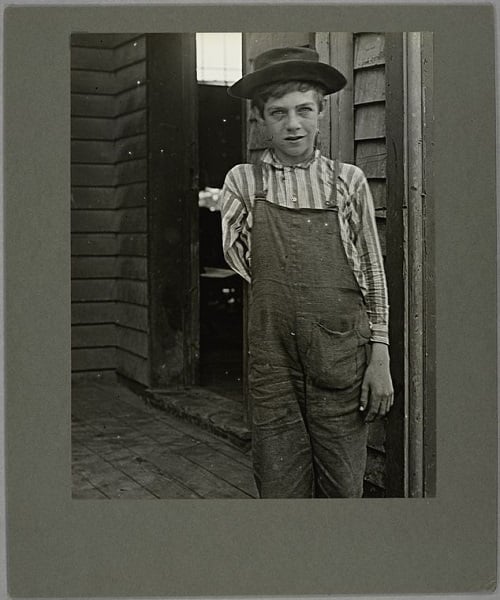
Hine’s Resistance and Courage in Capturing the Truth
Despite the importance of his work, Hine faced significant opposition. Factory owners and factory foremen were not pleased with his presence, fearing that his photographs would expose their exploitative practices and lead to government intervention. Some factory owners even went as far as to deny Hine entry to their establishments.
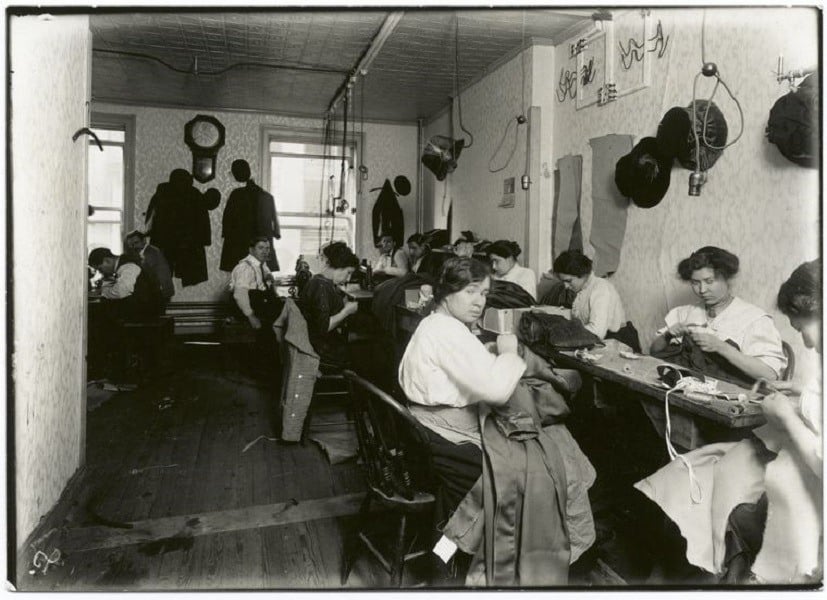
In order to gain access to the workplaces, Hine often had to disguise himself as a laborer or a messenger. On several occasions, he faced threats—both from the police and the factory workers themselves—who warned him that his work could put his life in danger. Undeterred by these challenges, Hine pressed on, risking his safety in order to document the harsh realities faced by child workers.
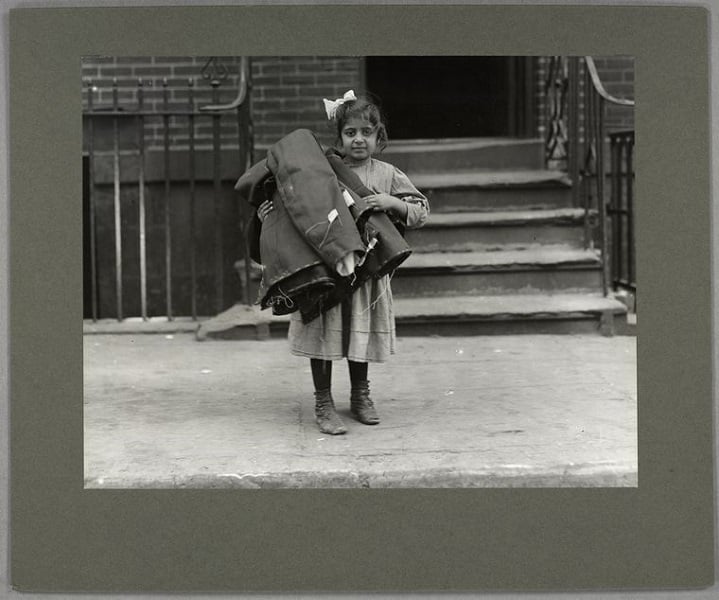
Spreading the Message: How Hine’s Photos Led to Change
After capturing his powerful images, Hine worked tirelessly to spread them. He shared his photographs through various mediums, including pamphlets, magazines, photography exhibitions, and public lectures. His photographs depicted the grim reality of child labor—children working long hours, often in unsafe conditions, and suffering from physical and emotional exhaustion. These images struck a chord with the public and lawmakers alike, galvanizing a movement that ultimately led to meaningful reform.
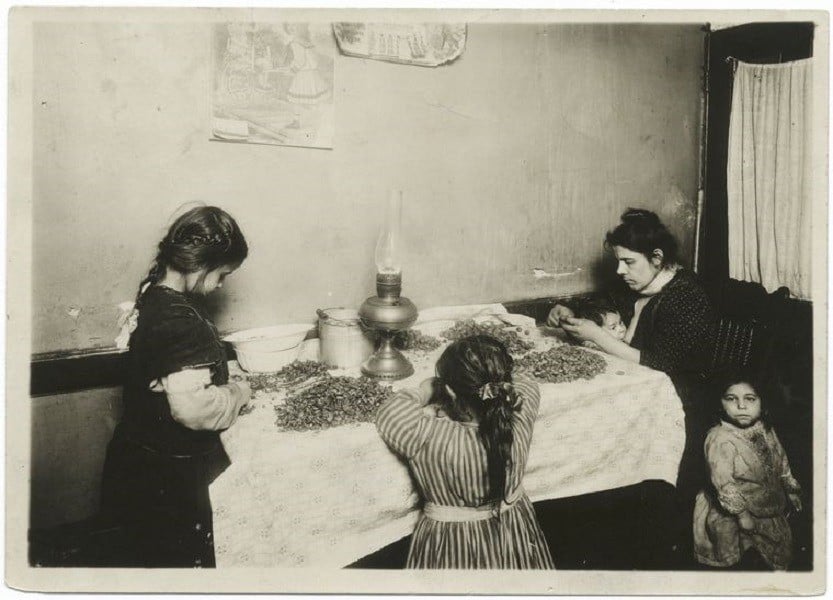
The photos of young children working in factories, often with visible signs of physical strain, injury, and exhaustion, became a call to action. Hine’s work was crucial in convincing the federal government to enact stricter laws and regulations to protect children in the workplace. His advocacy, combined with the emotional power of his photographs, helped establish the foundation for child labor laws that would protect future generations of children from similar exploitation.
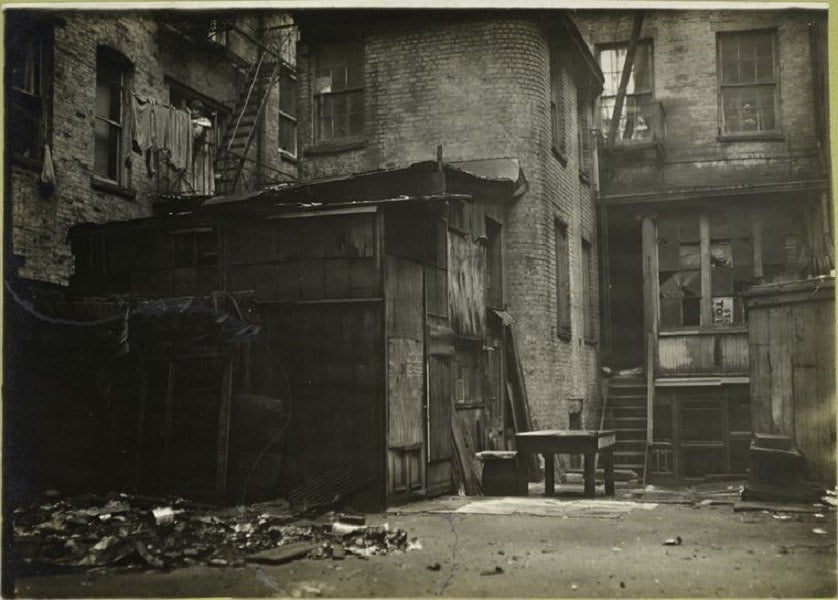
The Legacy of Lewis Hine and His Impact on U.S. Child Labor Laws
Thanks to Hine’s courageous work, significant reforms began to take place. In 1916, Congress passed the Keating-Owen Child Labor Act, which aimed to prevent the employment of children under the age of 14 in certain industries and limited the number of hours children could work. Although the law was ruled unconstitutional in 1918, it was an important step in the fight to end child labor.
In the 1930s, during the Great Depression, the U.S. government passed more comprehensive child labor laws under the Fair Labor Standards Act (FLSA). These laws prohibited the employment of children in hazardous occupations, set a minimum wage, and limited the number of hours children could work. The work of Lewis Hine, combined with the growing public awareness of child labor’s devastating effects, played an instrumental role in these developments.
Today, the legacy of Hine’s photographs continues to inspire. His images serve as a reminder of the importance of advocating for workers’ rights and the need to protect the most vulnerable members of society. Child labor laws in the U.S. have come a long way, but Hine’s work remains a powerful testament to the need for vigilance and ongoing advocacy.
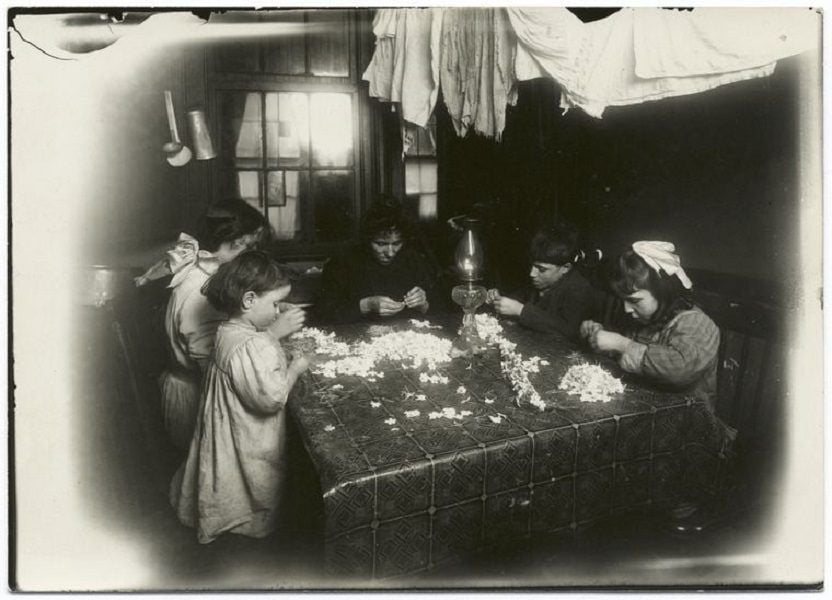
Conclusion: The Power of Photography in Shaping Change
Lewis Hine’s photographs were more than just pictures—they were a call to action. His work revealed the harsh truths about child labor in the early 20th century and played a key role in the fight to protect children from exploitation. The lasting impact of his photographs helped bring about critical reforms that changed the face of American industry and laid the groundwork for modern labor laws.
As we look back on Hine’s work, it’s important to remember the power that photography—and other forms of media—can have in inspiring social change. Hine’s courage in the face of resistance and his unwavering commitment to exposing the truth helped reshape the future for children in America, reminding us that even the smallest actions can lead to monumental shifts in society.
Sources:
